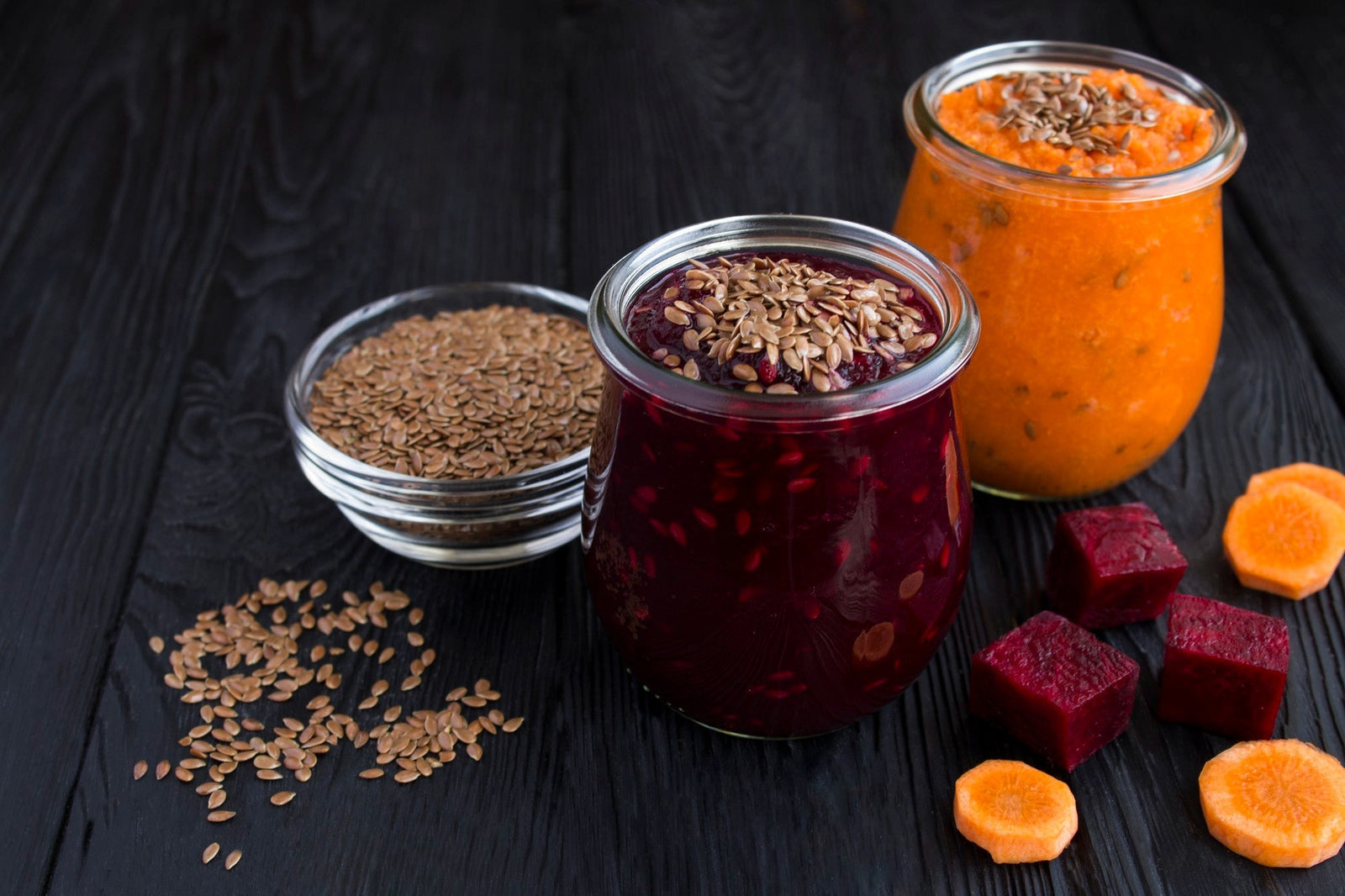
July 03, 2023 3 min read
In the world of healthy eating, ancient grains have been gaining popularity due to their exceptional nutritional value and versatility. One such grain is farro, which has been a staple in Mediterranean cuisine for centuries. The history, health advantages, and several applications of farro will all be covered in this article, giving you all the knowledge you want to adopt this ancient grain into your active lifestyle.
Farro, a grain with a fascinating history, has been cultivated for thousands of years. Join us on a journey through time as we explore the origins and enduring legacy of this remarkable ancient grain.

The history of farro traces back to the cradle of civilization in ancient Mesopotamia, where it was among the earliest cultivated crops. From there, it spread across the Mediterranean region, becoming a staple food for civilizations such as the Egyptians, Greeks, and Romans. Revered for its ability to sustain communities, farro played a vital role in the development of ancient societies and their culinary traditions.
In ancient Egypt, farro held significant cultural and religious importance, and it was even used as an offering to the gods. The Greeks considered it a sacred grain, while the Romans celebrated its versatility and nutritional value. Farro sustained armies during conquests, and its cultivation was encouraged throughout the empire. Its resilience, nutritional benefits, and adaptability made it a symbol of prosperity and a vital component of Mediterranean diets.
With the fall of the Roman Empire, farro gradually faded from prominence as other grains took its place. However, in recent decades, there has been a resurgence of interest in ancient grains, including farro. Food enthusiasts, chefs, and health-conscious individuals have rediscovered its unique flavor and nutritional benefits, contributing to its revival and increasing availability in modern markets.
Today, farro is experiencing a culinary renaissance. Its nutty taste, chewy texture, and versatility make it a favorite among chefs and home cooks. It has become a sought-after ingredient in salads, soups, pilafs, and risottos, adding depth and character to a wide range of dishes. As consumers increasingly appreciate its historical significance and health benefits, farro continues to make a remarkable comeback in contemporary cuisine.
Farro is a nutritional powerhouse, packed with essential vitamins, minerals, and dietary fiber. It is an excellent source of complex carbohydrates, providing sustained energy while keeping you feeling full and satisfied. Farro also contains important minerals such as magnesium, zinc, and iron, which support overall health and well-being. It also contains a lot of B vitamins, which are essential for both brain and energy metabolism. The abundance of fiber encourages a healthy digestive system and lowers cholesterol levels. Farro is a beneficial supplement to any balanced diet thanks to its outstanding nutrient profile.

One of the remarkable aspects of farro is its versatility in the kitchen. It may be used to make a wide range of dishes, including robust salads, nourishing soups, pilafs, risottos, and even baked products. Farro's nutty flavor and slightly chewy texture add depth and interest to dishes, making it a favorite among chefs and home cooks alike. Whether you're seeking to enhance the nutritional value of your meals or add a unique twist to traditional recipes, farro is a fantastic ingredient to experiment with.
Incorporating farro into your diet is easy and rewarding. Start by substituting farro for other grains like rice or couscous in your favorite recipes. Experiment with farro salads, combining it with fresh vegetables, herbs, and dressings. Use cooked farro as a base for grain bowls or as a filling for stuffed vegetables. Additionally, farro can be ground into flour and used in baking, offering a wholesome alternative for bread, cookies, and other baked goods. The possibilities are endless!

Farro, with its rich history, exceptional nutritional benefits, and versatility, is a true superstar among ancient grains. By incorporating farro into your healthy lifestyle, you can enjoy its unique flavors, nourish your body with its abundant nutrients, and explore new culinary horizons. Embrace the wonders of farro and let this ancient grain be a delicious and wholesome addition to your diet.
❤ Try our USDA certified organic Organic Einkorn Wheat Berries ❤
Farro Blogs:
Comments will be approved before showing up.

January 27, 2025 3 min read
Flaxseed, the tiny yet powerful superfood, is packed with nutrients that can support weight loss. From curbing hunger to stabilizing blood sugar, this guide dives into the science of how flaxseed can help you shed those extra pounds.

December 11, 2024 3 min read
Discover three quick and easy soup recipes featuring organic small red beans. From a classic vegetable soup to a creamy potato blend, these wholesome recipes are perfect for chilly days and busy weeknights. Packed with flavor and nutrition, these soups will warm your heart and soul this winter!

December 06, 2024 3 min read
This vibrant and nutritious Green Lentil Salad combines tender lentils with grilled chicken, fresh vegetables, and a zesty lemon dressing. Packed with protein, fiber, and essential vitamins, it’s the perfect healthy meal for any time of day.
© 2025 Be Still Farms- Real, Fine Organics.
Privacy | Terms | Refund Policy | Organic Certification
